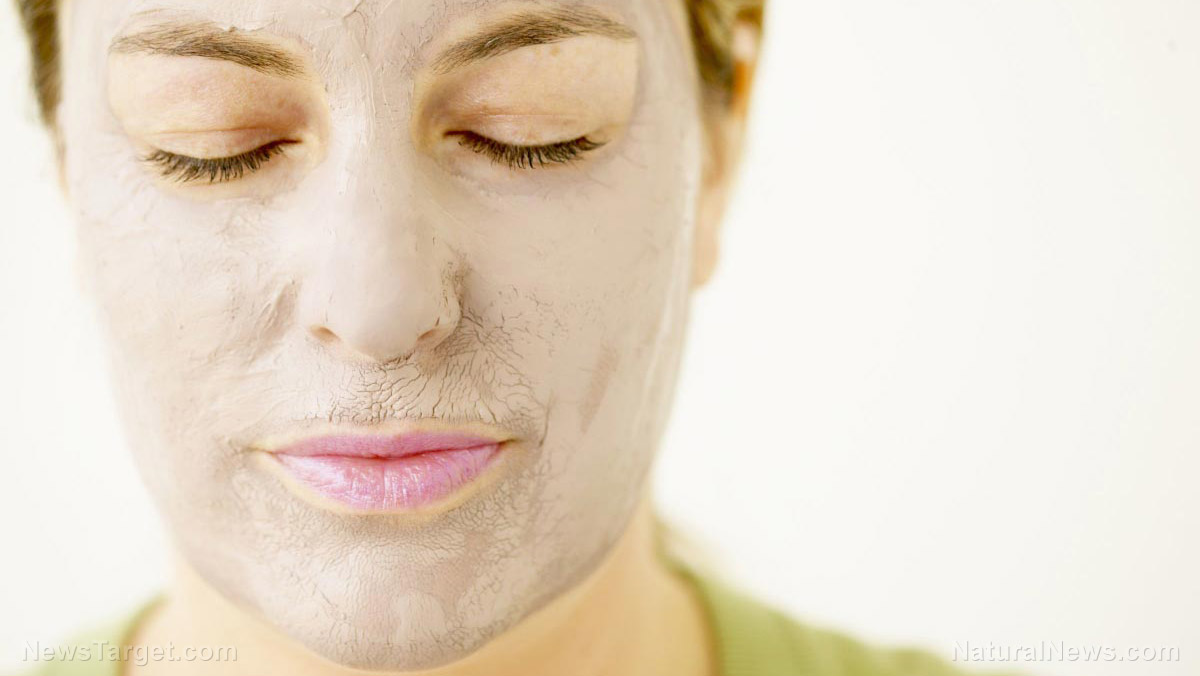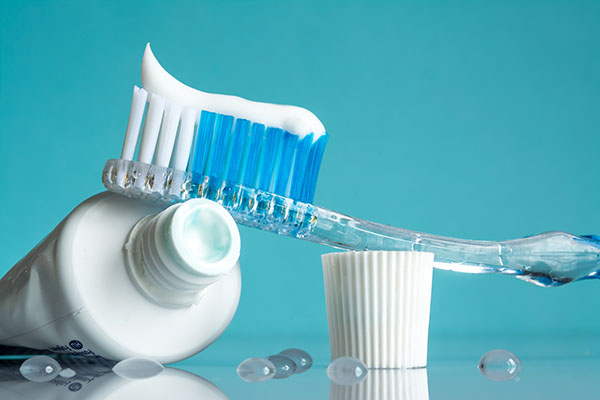
We often refer to another person's facial structure, the presence of wrinkles on their face, or how smooth their skin is, to determine their age. These factors are often determined by intrinsic and external factors.
Intrinsic and extrinsic skin aging
To some extent, the rates of intrinsic (or chronologic) aging can be predicted by our genetic makeup. This often includes our skin color.
When people age, the top layer of their skin (the epidermis) gradually becomes thinner and more transparent. As the skin becomes thinner, it reflects less light and appears less luminous as time goes by.
The epidermis can also develop various growths like:
- Overgrown oil glands
- Small brown dots (dermatosis papulosa nigra and seborrheic keratoses)
- Spots – Often caused by ultraviolet (UV) light exposure that results in lentigines (freckles), melasma (pigmentation), solar keratoses (sun spots), and skin cancers.
The layer of skin under the epidermis (the dermis) also loses collagen and elastin as we age so the skin starts to sag and develop wrinkles from the movement of our muscles under the skin. (Related: Get rid of wrinkles naturally.)
Aging also causes the blood vessels in the dermis to become thinner, which results in easy bruising. Since both the dermis and epidermis are thinner and closer together, the blood vessels are more visible on the surface of the skin of older people.
While there is a complicated reason for the depletion of collagen as we age, it's due in part to the reduced function of the cells that make collagen (or fibroblasts) and an increase in the enzyme that helps break down collagen. Collagen, one of the most abundant proteins in the body, makes up a large part of human hair, nails, and skin.
According to studies, fat is shed and bone is resorbed from different parts of the face at different rates. This then influences our perceived age.
Most of the time when fat disappears from under the eyes when we're in our 20s or 30s, a dark shadow appears which gives us a tired look. At the same time, the fat pad around the cheeks may move downwards during our 30s and 40s, creating lines that extend outwards from the nose.
A decrease in both collagen and elastin results in crows feet, frown lines, and other dynamic wrinkles (or wrinkles caused by muscle movement). The edge of the brow also starts to drop and the lips begin thinning out.
In our 50s, collagen and elastin levels continue to decrease and wrinkles deepen. The resorption of bones around the eyes then causes "eye bags" to form. The fat that hangs from skin that starts to sag causes the eyebrows and nasal tips to droop while the skin on our neck sags.
Extrinsic aging occurs due to environmental factors like air pollution, smoking, and UV exposure. This means the skin’s apparent age and its chronological age are not always the same.
UV light breaks down elastin in the dermis, and this makes skin sag and stretch. Because of the prolonged exposure to UV rays the skin also bruises and tears more easily. Skin also takes longer to heal.
Tobacco smoke causes insufficient oxygen supply to the skin and blocks blood vessels. Skin cancers may develop more easily due to reduced immunity. Additionally, tobacco smoke increases the level of an enzyme that breaks down collagen and this causes wrinkles and loss of volume. Smoking also makes skin drier, coarser, and look duller. At the same time, smoking increases the wrinkles around the mouth.
Studies have determined a link between air pollution and extrinsic skin aging, and at least 20 percent more pigment spots appear on the forehead and cheeks of people frequently exposed to soot and particles from traffic.
Why do people age differently?
People of different races and skin colors age differently because various skin types have different amounts of collagen, elastin, fats, and pigment cells (melanocytes).
Darker skin has more melanosomes that produce, store, and transport melanin. Melanin gives the skin pigment and it protects individuals with darker skin types from harmful UV rays.
Black skin has an average protective factor against UVB radiation of 13.4 percent compared with 3.4 percent for white skin. On the other hand, the average rate of UVB transmission into the dermis was 5.7 percent for black skin, compared with 29.4 percent in white skin.
Since increased melanin acts as an inbuilt sunscreen, the responses of these pigment cells make people with different skin colors more prone to pigment problems.
Individuals with darker skin types tend to have a thicker outer layer of the skin with more fibroblasts and compact collagen. This implies that this skin type won’t wrinkle as easily, although it has a greater chance of forming keloid scars (or an overgrowth of scar tissue).
While having different skin types has various pros and cons, everyone can benefit from taking measures to protect skin health. Quitting smoking and using sun protection, such as wearing hats and using organic sunscreen, are some of the best ways to ensure that our skin stays healthy.
You can learn more about how our skin ages and natural products that can help you look younger at Cosmetics.news.
Sources include:
Please contact us for more information.























